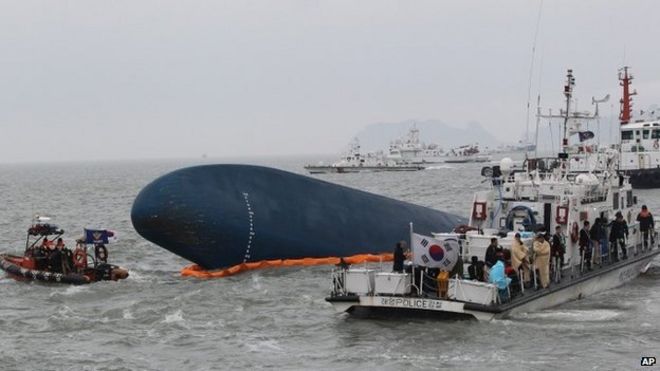
A stench surrounds the Edhi morgue. Bodies, some uncovered, others in a white shroud, lie scattered on the floor. Among them is a man with a white beard and shabby brown clothes, a fly sitting on his chest. Ambulances, parked outside, are also housing the dead until there is space available for them inside the morgue.
The fatal heatwave is making it difficult for the morgues to function, and the largest one in the city – the Edhi morgue at Sohrab Goth – is running out of space. By the scorching Tuesday afternoon, the morgue that has a capacity of 200 bodies had over 250 lying in and around it. Every few minutes, ambulances arrive at the entrance, bringing with them more deceased, mostly victims of the deadly heatwave.
In the last four days, more than 500 bodies were brought to this morgue, says Ghulam Hussain, one of the officials. “It is becoming difficult but we are trying to manage.”
Out on the streets
Umair Syed, an ambulance driver at the Edhi Foundation, parks his vehicle and hurries to shift the body into the cramped morgue. “Make space, make space,” he screams. He has brought a rickshaw driver from Basheer Chowk, who had even poured water over himself to beat the heat but could not make it. “He splashed water on himself but that didn’t help him against the heat. People are dying on the streets,” laments Syed.
Since the heatwave gripped Karachi, Syed has driven 15 bodies from hospitals, homes and outdoors to the morgue. On Tuesday alone, he brought four of them. The Baldia factory incident was the only other time that Syed has seen the morgue so full. He adds that he has never witnessed so many deaths due to the hot weather. “I am picking up bodies with swollen faces.”
Standing next to him, another driver, Afaq Ahmed, has brought a man who died in front of his eyes. The man was travelling on the roof of a W-11 bus when he started shaking and trembling violently. Ahmed had rushed him to the Civil Hospital, Karachi. “He died in front of me.”
The morgues, from the largest run by the Edhi Welfare Organisation at Sohrab Goth to smaller ones run by other charity organisations, such as the Khidmat-e-Khalq Foundation, Chhipa, Al-Khidmat and Thanvi Trust, are now out of capacity. There is no place for the dead. Meanwhile, these welfare organisations, who alone bear the mantle of running ambulance services in the country’s largest metropolis, are reeling under the pressure as the number of victims rises with each passing hour.
Families
A man who had come for the ghusl of his sister-in-law, Kishwar Aftab, said that the K-Electric was also to be blamed for the deaths. “People don’t have electricity in their homes. We didn’t have power for many hours in Moosa Colony. My sister-in-law had a high fever and she died.”
The smell emanating from the bodies made him and others cover their nose with their hands or clothes. To stay away from the blistering sun, people tried to huddle under the small shade. Fareed, a shopkeeper, said he had been called from his shop to be given the unfortunate news that his wife had died. She was fasting and had died because of the heat, he said with teary eyes.
Bodies being buried
To accommodate more bodies, the Edhi foundation is now burying the unidentified bodies within a day. They have buried 50 bodies in their graveyard so far.
The graveyards, too, are overbooked. The grave-diggers are taking full advantage of the opportunity and demanding double the standard rates. “Each grave is being sold for at least double the money,” said Shahzad, whose friend died in Gulshan-e-Maymar. “You are lucky for not being refused a grave at this time.”
Wednesday 24 June 2015
http://tribune.com.pk/story/908627/fatal-heatwave-karachi-running-out-of-space-for-the-dead/








